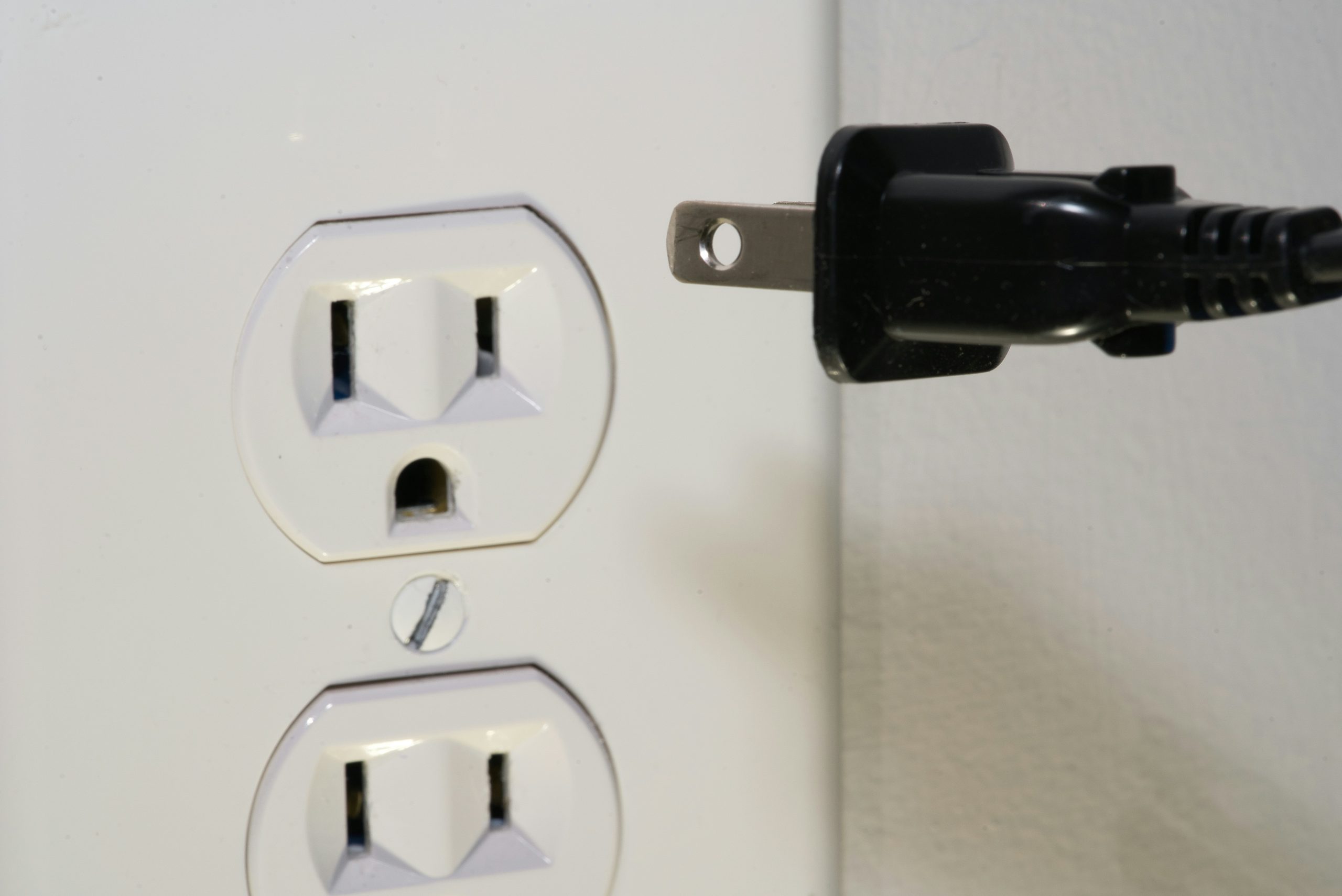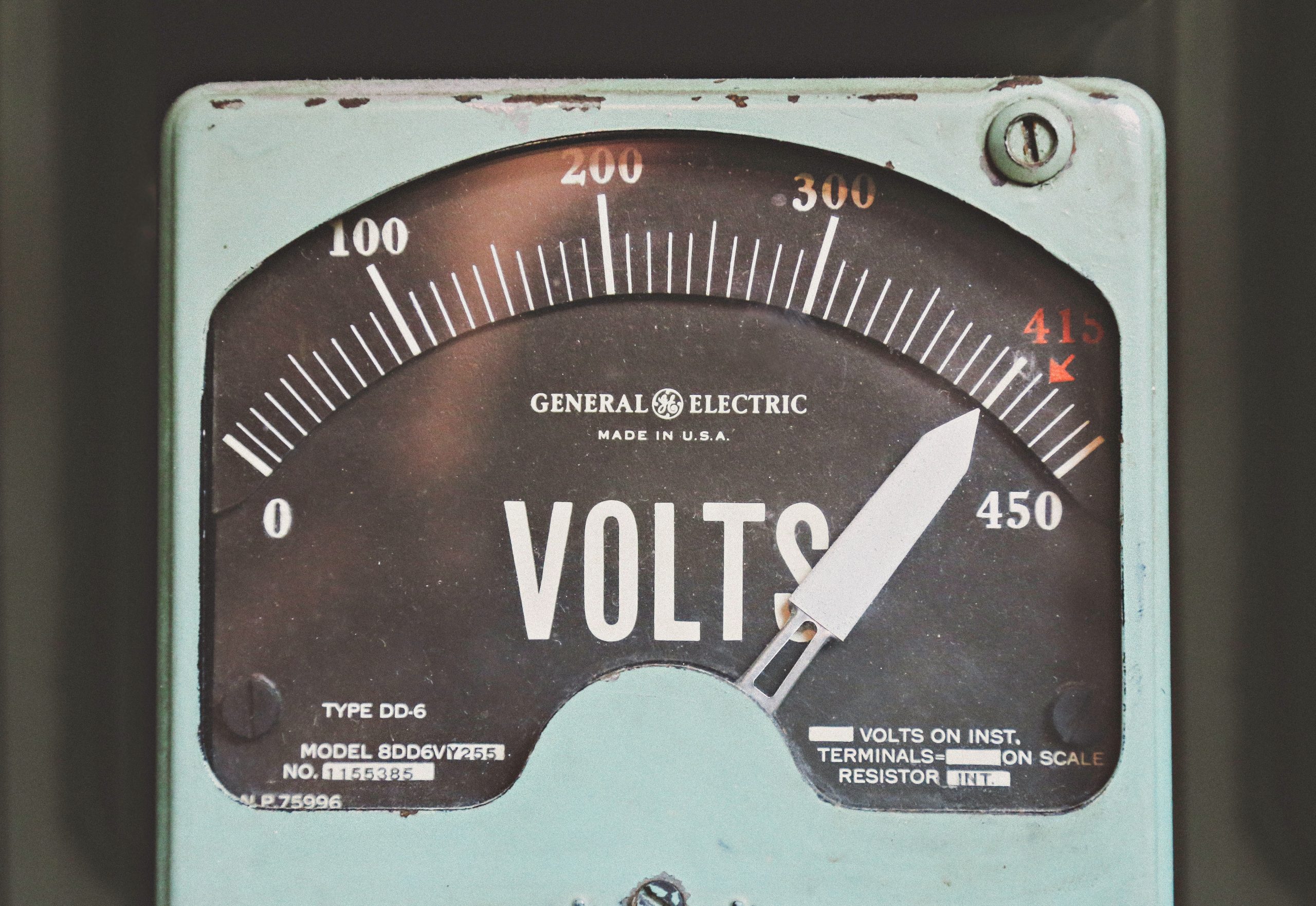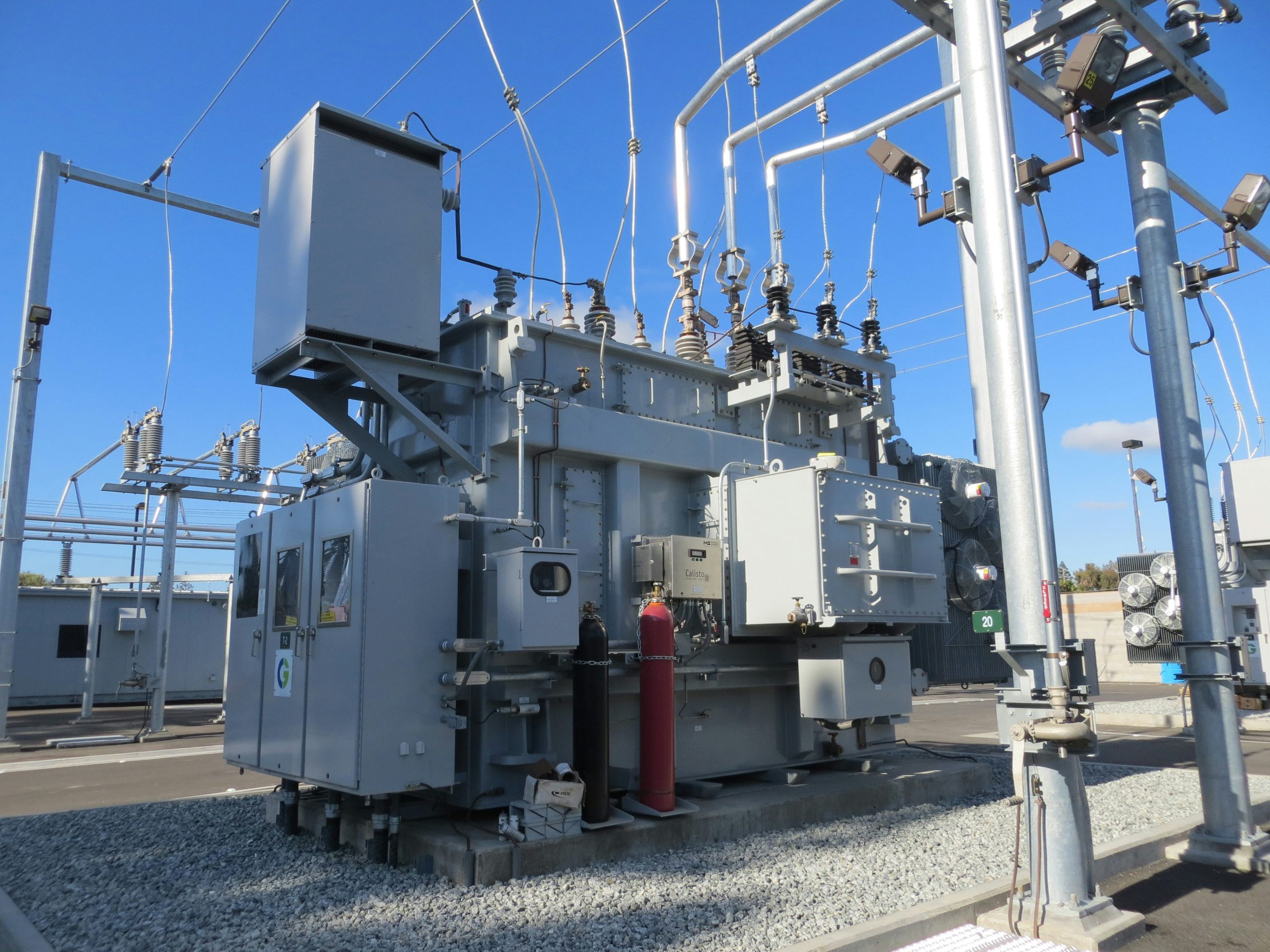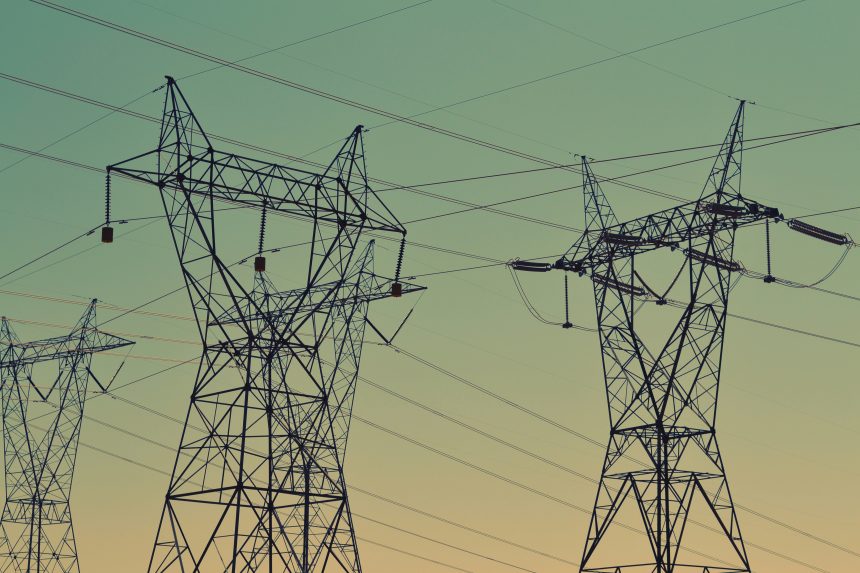At the heart of a PPA lies the promise of stability and cost-efficiency in an era marked by fluctuating energy prices and growing environmental concerns. Through this contractual agreement, businesses can lock in favorable rates for electricity over an extended period, shielding themselves from market volatility and contributing towards building a greener future. As the demand for sustainable practices continues to rise globally, understanding the intricacies of PPAs becomes imperative for companies seeking to stay ahead in the race towards sustainability and innovation.
How do PPAs work?
PPAs, or Power Purchase Agreements, function as a way for businesses to procure renewable energy directly from developers. These agreements provide a stable and predictable source of electricity, often at a fixed price over a long-term contract. By entering into a PPA, companies can reduce their reliance on fossil fuels and lower their carbon footprint while supporting the growth of clean energy projects.
One interesting aspect of PPAs is that they can be structured in different ways to meet the unique needs of both the buyer and seller. For example, virtual PPAs allow buyers to benefit from renewable energy without physically receiving the electricity at their location. This flexibility in structuring allows for greater accessibility and adoption of renewable energy sources across various industries. Overall, PPAs play a crucial role in driving the transition towards a more sustainable energy future by enabling companies to support renewable projects while also meeting their operational needs efficiently.

Benefits of using PPAs
Switching to Power Purchase Agreements (PPAs) offers a multitude of advantages for businesses looking to optimize their energy strategies. By entering into a PPA, organizations can secure long-term fixed electricity prices, shielding themselves from market volatility and unpredictable energy costs. This stable pricing structure not only provides budget certainty but also helps in long-term financial planning, fostering business sustainability and growth.
Furthermore, PPAs facilitate the transition towards renewable energy sources by allowing companies to purchase clean power directly from renewable energy projects. This commitment to sustainability not only aligns with corporate social responsibility goals but also contributes to reducing carbon footprints and mitigating environmental impacts. Additionally, PPAs often involve attractive financial incentives such as tax benefits or renewable energy credits, making them an economically viable solution that benefits both the environment and the bottom line.
Types of Power Purchase Agreements
Power Purchase Agreements (PPAs) come in various forms, each tailored to meet different energy needs and goals. One common type is the Utility PPA, where a utility company agrees to purchase power from an independent generator at a negotiated rate over a specified period. This provides stability for both parties and helps utilities meet renewable energy targets.
Another interesting PPA variation is the Corporate PPA, where a business enters into an agreement directly with a renewable energy developer to purchase electricity. This type of agreement allows companies to secure long-term, fixed-price electricity while also demonstrating their commitment to sustainability. As the demand for clean energy grows, Corporate PPAs are becoming increasingly popular among businesses looking to reduce their carbon footprint and mitigate future energy price risks.

Key players in PPA agreements
Key players in Power Purchase Agreements (PPAs) play vital roles in shaping the renewable energy landscape. The first key player is the Seller, often a renewable energy developer or generator that builds and operates the energy production facilities. These entities are crucial in supplying clean energy to the Buyer at agreed-upon rates over an extended period.
On the other side of the table is the Buyer, which can be a corporation, utility company, or government entity looking to procure sustainable energy without having to invest heavily in infrastructure. By entering into PPAs with Sellers, Buyers can meet their sustainability goals and secure long-term access to affordable electricity. Additionally, financial institutions such as banks and investors also play a pivotal role by providing financing for projects and ensuring smooth PPA transactions through structured agreements and risk management strategies. Their involvement helps drive growth in renewable energy investments and accelerates the transition towards cleaner power sources.
Challenges and risks associated with PPAs
Entering into a Power Purchase Agreement (PPA) can present businesses with a multitude of challenges and risks. One prominent issue is the potential for fluctuating energy prices, which can impact the financial viability of the agreement over its duration. Additionally, as technology advances and new forms of renewable energy emerge, there is the risk of obsolescence of the agreed-upon terms and pricing structures within the PPA.
Furthermore, negotiating PPAs often involves intricate legal frameworks and regulatory requirements that must be navigated carefully to ensure compliance and mitigate legal risks. The long-term nature of these agreements also exposes parties to geopolitical uncertainties and changes in market dynamics that may pose unforeseen challenges down the line. In essence, while PPAs offer numerous benefits, understanding and addressing these inherent challenges and risks is vital for ensuring successful implementation and long-term sustainability.

Conclusion: Importance of PPAs in renewable energy
In conclusion, Power Purchase Agreements (PPAs) play a crucial role in promoting the growth of renewable energy sources. By providing long-term revenue certainty to renewable energy developers, PPAs help mitigate financial risks and attract investment in clean energy projects. This stability is essential for the development and expansion of renewable energy infrastructure, allowing for the gradual displacement of fossil fuels and a transition towards a more sustainable future.
Furthermore, PPAs facilitate collaborations between businesses, governments, and utilities to achieve renewable energy targets and combat climate change. These agreements not only benefit the environment by reducing carbon emissions but also provide economic advantages such as job creation and energy cost savings. Embracing PPAs as a key tool in advancing renewable energy adoption can lead to increased resilience in the power sector, greater energy independence, and overall progress towards a greener and more secure global energy landscape.









